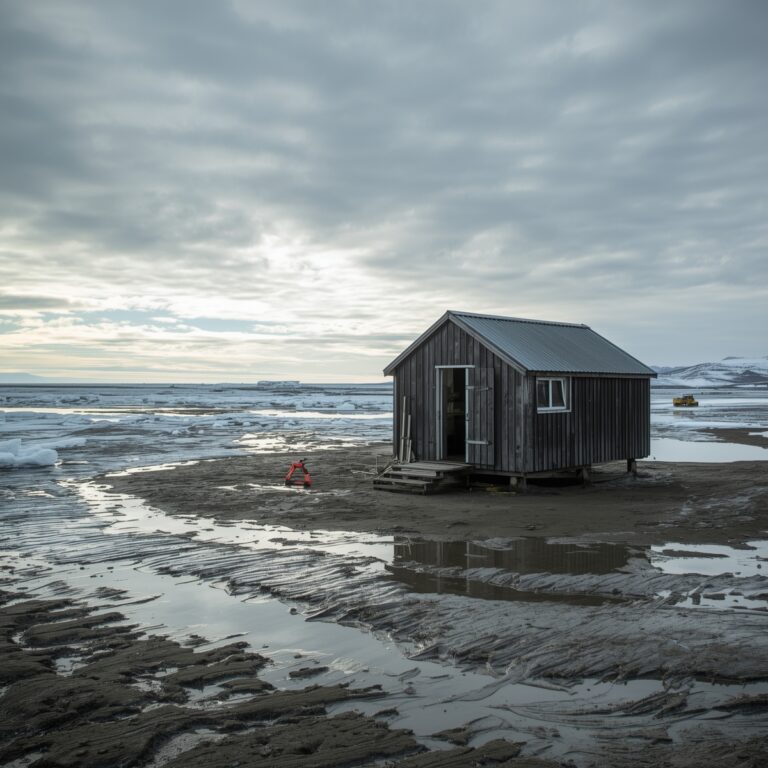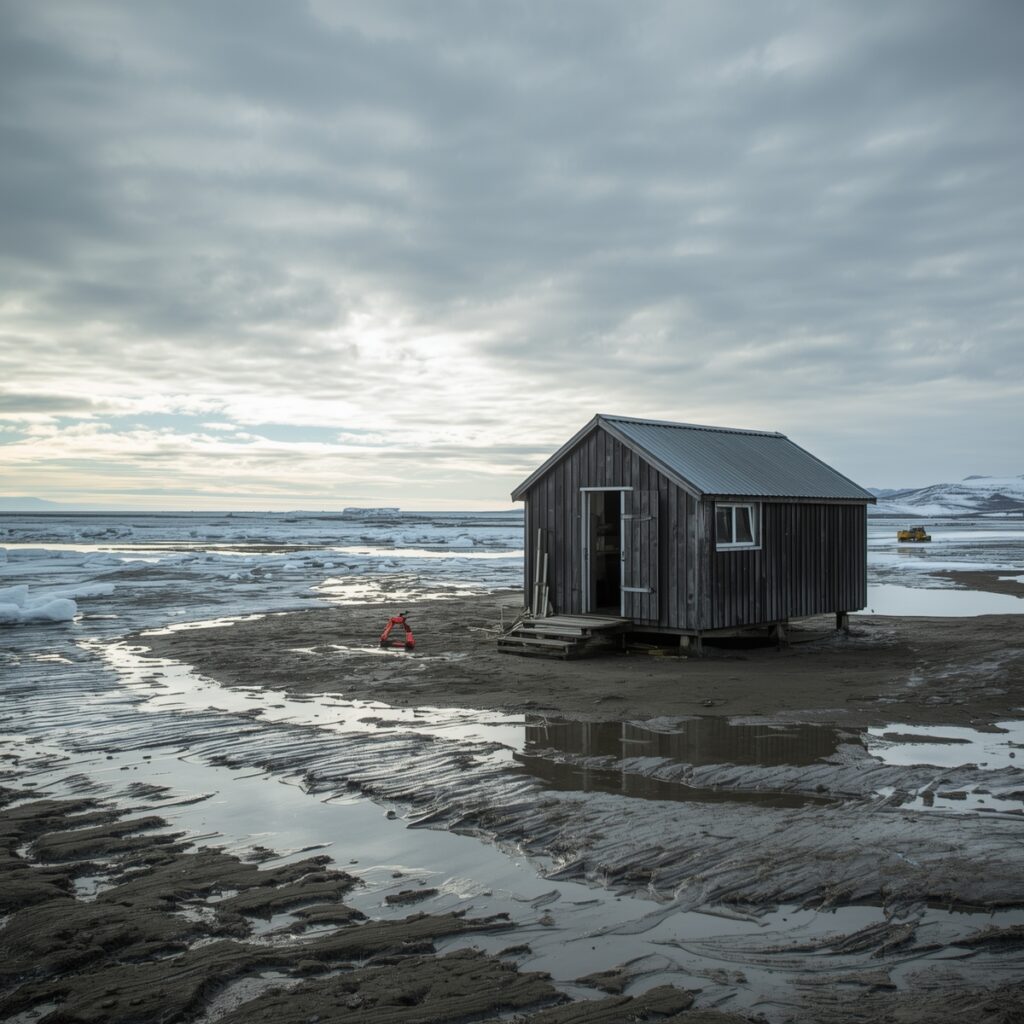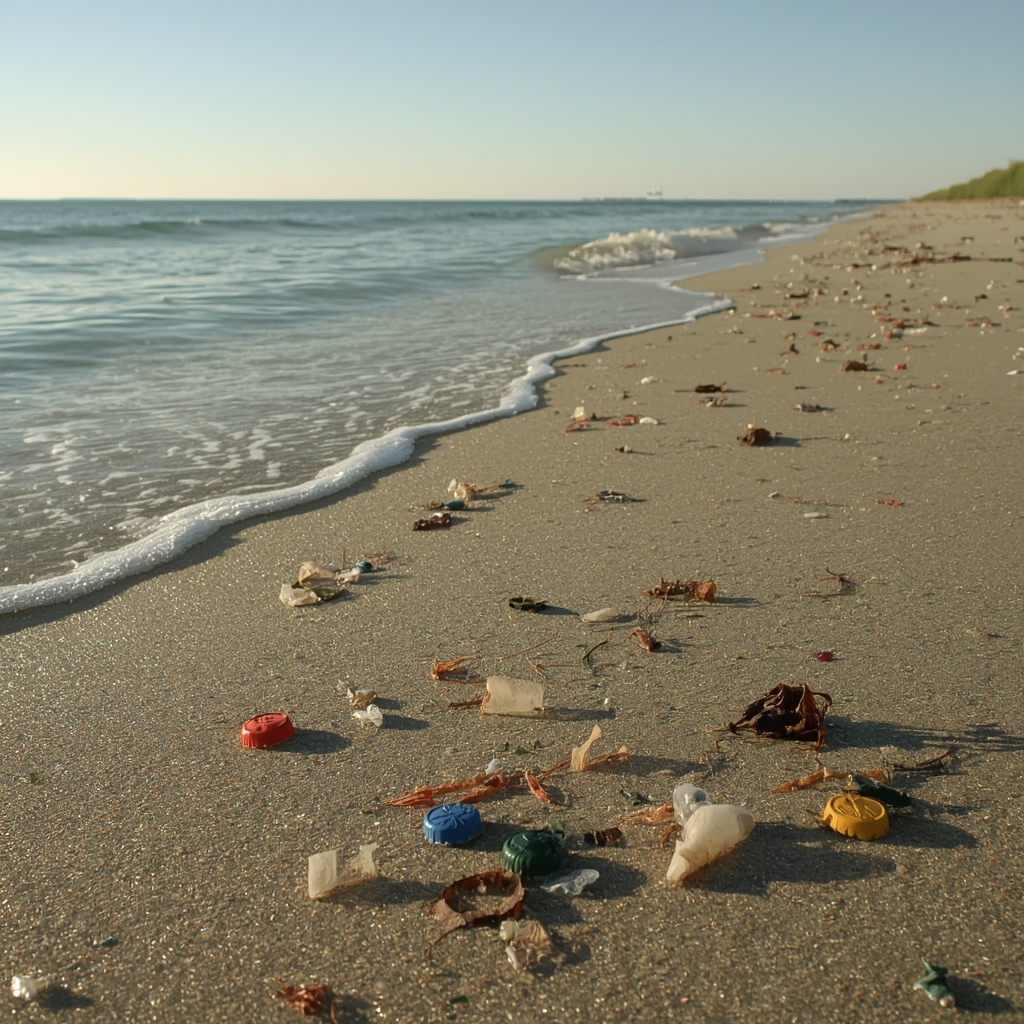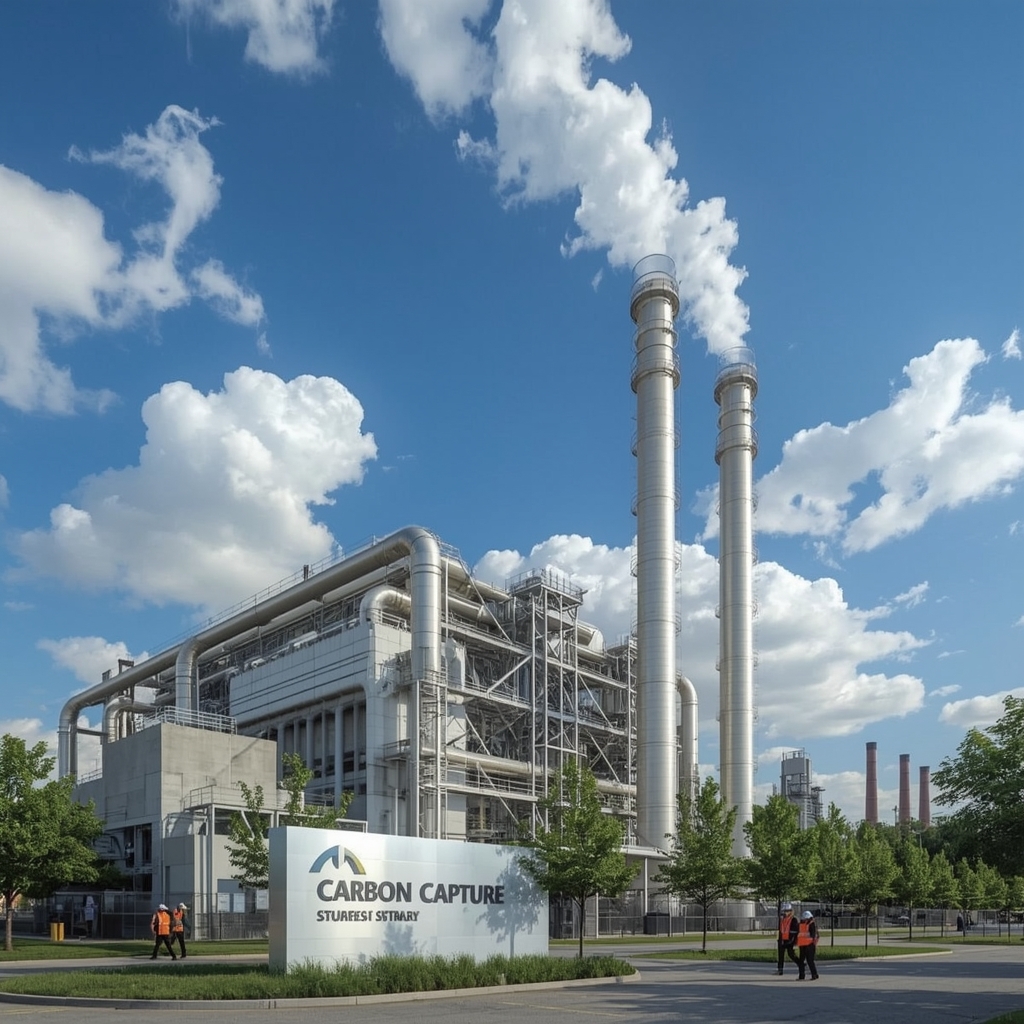What Is Permafrost Thawing and Its Impact
What is permafrost thawing and its impact? Permafrost thawing refers to the gradual melting of permanently frozen ground found in polar regions like Alaska, Canada, and Siberia. This frozen soil stores vast amounts of carbon and methane that have been trapped for thousands of years. When temperatures rise due to global warming, permafrost begins to thaw, releasing these greenhouse gases into the atmosphere. This process accelerates climate change and disrupts natural ecosystems, infrastructure, and communities living in the Arctic. Understanding permafrost thawing is crucial because it represents one of Earth’s most alarming feedback loops in the climate crisis.
Understanding Permafrost and Where It Exists
Permafrost is ground that remains frozen for at least two consecutive years, consisting of soil, rocks, ice, and organic matter. It acts as a frozen time capsule, preserving ancient plant and animal remains beneath its icy layers. Found mostly in the Arctic and sub-Arctic regions, permafrost covers nearly a quarter of the Northern Hemisphere’s land area.
In the USA, permafrost is primarily found in Alaska, where it underlies vast tundra landscapes. This frozen layer plays an essential role in supporting Arctic ecosystems and stabilizing infrastructure like roads and pipelines. However, as global temperatures rise, this delicate balance is now under threat.
Causes of Permafrost Thawing
The primary cause of permafrost thawing is climate change. Rising global temperatures driven by greenhouse gas emissions are rapidly warming Arctic regions—nearly four times faster than the global average. As the frozen ground melts, it destabilizes the surface and releases trapped carbon dioxide and methane.
Human activities such as deforestation, oil drilling, and urban development in Arctic regions further accelerate this process by altering natural insulation layers like snow and vegetation. Once permafrost begins to thaw, it triggers a cycle of warming: the more it melts, the more greenhouse gases escape, intensifying climate change.
The Climate Impact of Permafrost Thawing
One of the most concerning impacts of permafrost thawing is the release of greenhouse gases. Scientists estimate that Arctic permafrost holds about twice as much carbon as the atmosphere currently contains. When it thaws, microbes decompose organic material in the soil, releasing carbon dioxide and methane, two potent greenhouse gases.
Methane, in particular, is over 25 times more effective at trapping heat than carbon dioxide. This creates a dangerous feedback loop where warming causes thawing, which releases more gases, causing even more warming. This self-reinforcing cycle could dramatically accelerate global climate change if left unchecked.
Impact on Ecosystems and Wildlife
Permafrost thawing severely affects Arctic ecosystems and wildlife. As the ground warms and becomes waterlogged, plant species composition changes, altering food sources for animals like caribou, reindeer, and Arctic foxes. Thawing also increases the risk of wildfires, which further release stored carbon into the atmosphere.
Wetlands formed from thawed permafrost can emit methane, while drying landscapes threaten fish habitats and disrupt migration patterns. The delicate Arctic ecosystem depends on stable permafrost, and its loss could have cascading effects on biodiversity across the region and beyond.
The Hidden Threat to Human Infrastructure
The effects of permafrost thawing extend beyond nature—it directly threatens human settlements and infrastructure. In Alaska and other Arctic regions, thawing ground destabilizes buildings, pipelines, and roads. Homes sink, airport runways crack, and utility poles tilt as the once-solid ground turns soft and unstable.
This creates enormous financial and safety challenges for local communities. Engineers are now designing adaptive solutions, such as adjustable foundations and insulated roadbeds, to cope with the changing landscape. Still, the long-term costs of maintaining infrastructure in thawing permafrost zones are expected to rise significantly.
Permafrost and the Global Carbon Cycle
Permafrost plays a critical role in the global carbon cycle. For thousands of years, it has acted as a carbon sink, locking away plant and animal remains frozen in ice. When it thaws, this organic matter decomposes, releasing carbon dioxide and methane into the air.
This process transforms permafrost from a carbon sink into a carbon source, accelerating global warming. Researchers warn that without strong mitigation efforts, permafrost emissions could offset global carbon reduction goals, making it harder to achieve climate targets like those in the Paris Agreement.
Scientific Monitoring and Research
Scientists are closely monitoring permafrost thawing using satellite imagery, ground sensors, and field studies. In the USA, organizations like NASA and the National Snow and Ice Data Center track temperature changes, soil moisture, and methane emissions.
New technologies, including AI-based climate models, are helping predict future permafrost behavior and potential global consequences. However, uncertainties remain about how fast thawing will occur and how much carbon it will release. Continued research is essential to better understand these risks and inform climate adaptation policies.
How the USA and Global Community Are Responding
Efforts to address permafrost thawing focus on reducing greenhouse gas emissions and promoting climate resilience. The USA, along with other Arctic nations, participates in international collaborations like the Arctic Council to develop sustainable solutions.
Protecting permafrost means cutting emissions, preserving natural vegetation, and managing land use responsibly. Investing in renewable energy, improving waste management, and reducing fossil fuel dependency are key strategies to slow global warming and minimize further thawing. Global cooperation is vital to prevent irreversible damage to Arctic regions and the planet’s climate system.
What Can Individuals Do?
While permafrost thawing may seem distant, individuals can still make a difference. Reducing carbon footprints by conserving energy, using public transport, and supporting renewable energy projects all contribute to global emission reduction.
Spreading awareness about the importance of Arctic preservation and supporting policies that prioritize environmental sustainability can also help. Every small step—whether recycling, reducing plastic use, or voting for climate-conscious leaders—adds up to a collective effort that protects both permafrost and the planet.
Final Thoughts
Understanding what is permafrost thawing and its impact is crucial for recognizing the far-reaching effects of climate change. As this frozen ground melts, it releases dangerous greenhouse gases, disrupts ecosystems, and threatens communities.
Protecting permafrost means protecting our climate. Through innovation, policy action, and sustainable living, humanity can slow this alarming process and preserve one of Earth’s most vital climate regulators for future generations.















